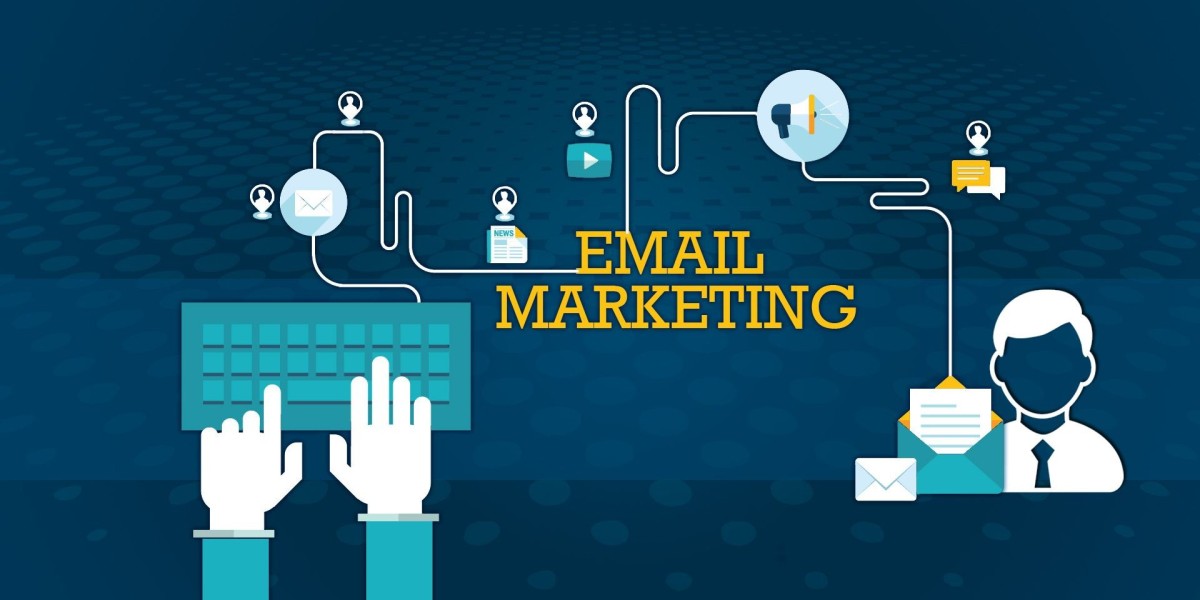Email marketing has remained a cornerstone of digital marketing for years, and it continues to prove its value in 2025. Despite the rise of social media and other marketing tactics, email marketing remains one of the most cost-effective and direct ways to communicate with customers. In this blog, we’ll explore how to create a successful email marketing campaign in 2025, covering key strategies, tips, and best practices that will help you craft campaigns that engage, convert, and retain your audience.
1. Understand Your Audience
The first step in any successful email marketing campaign is understanding your audience. Without a clear understanding of who your recipients are, crafting personalized and relevant content becomes impossible.
- Segmentation: Divide your email list into smaller segments based on factors such as demographics, purchase history, and engagement levels. This allows you to send more targeted and personalized messages, improving open rates and conversions.
- Behavioral Data: Use behavioral data such as browsing history, cart abandonment, and email engagement to tailor your email content. For example, if a customer abandoned their cart, send them a reminder email with a discount or free shipping offer to entice them to complete the purchase.
- Surveys and Feedback: Regularly engage with your audience through surveys and feedback forms. This will help you understand their preferences, pain points, and what they expect from your emails, allowing you to continuously refine your email strategy.
2. Craft Compelling Subject Lines
The subject line is the first thing your recipients see when they receive your email. If it doesn’t grab their attention, your email may end up in the trash.
- Keep It Short and Sweet: Aim for subject lines that are clear, concise, and to the point. Try to limit your subject line to 6-10 words, making it easy for recipients to quickly understand the content of the email.
- Use Personalization: Including the recipient’s name or referencing past interactions in the subject line can make the email feel more personal and relevant.
- Create Urgency or Curiosity: Phrases like “limited-time offer” or “don’t miss out” create urgency, while intriguing subject lines that spark curiosity can increase open rates.
- A/B Testing: Always test different subject lines to see what resonates best with your audience. A/B testing allows you to optimize your subject lines for better performance.
3. Optimize Email Design for Mobile Devices
With more than 50% of emails being opened on mobile devices, optimizing your emails for mobile is essential for 2025. A poorly designed email that doesn’t render correctly on mobile can lead to high bounce rates and lost opportunities.
- Responsive Design: Ensure your emails are responsive, meaning they automatically adjust to the screen size of the device they’re being viewed on.
- Short and Scannable Content: Mobile readers tend to skim content, so break your email into short, digestible sections with bullet points, subheadings, and bold text for easy scanning.
- Call-to-Action (CTA): Your CTA should be prominent and easy to click on mobile devices. Make sure it’s large enough to tap without zooming in, and use contrasting colors to make it stand out.
4. Personalize Your Email Content
Personalization is no longer just about inserting the recipient’s name in the subject line. To truly engage your audience in 2025, you need to offer tailored content based on their preferences, behaviors, and past interactions with your brand.
- Dynamic Content: Use dynamic content blocks in your emails to show different messages based on the recipient’s behavior. For example, show product recommendations based on past purchases or browse history.
- Triggered Emails: Set up triggered emails to automatically send personalized messages based on specific actions, such as a welcome email when someone subscribes, a thank-you email after a purchase, or a re-engagement email for inactive subscribers.
- Custom Landing Pages: Ensure the landing page your email directs to is personalized and relevant to the recipient. For example, if you’re promoting a new product, the landing page should showcase similar products or show the recipient’s past preferences.
5. Create Engaging Content
Content is key to any email marketing campaign. Whether you’re sharing news, promotions, or updates, your email content should be engaging and valuable to your recipients.
- Offer Value: Ensure your emails provide real value to the recipient. This could include offering exclusive discounts, valuable resources, or helpful tips.
- Visuals: Include high-quality images, videos, and infographics to make your emails more visually appealing and engaging. Just be sure to optimize your images for fast loading times on all devices.
- Storytelling: People connect with stories more than with plain facts. Incorporate storytelling into your emails to make them more relatable and emotionally resonant with your audience.
6. Automate Your Email Campaigns
Automation is one of the most powerful tools in email marketing. By automating your email campaigns, you can send timely and relevant messages without having to manually intervene.
- Welcome Series: Set up an automated welcome series to onboard new subscribers and introduce them to your brand. This series can include a thank-you email, an introductory offer, and content that highlights the benefits of being part of your email list.
- Cart Abandonment Emails: Automate emails that remind customers about abandoned carts, offering them incentives like discounts or free shipping to complete the purchase.
- Re-Engagement Campaigns: Automate re-engagement campaigns to reconnect with inactive subscribers. These campaigns can include exclusive offers or personalized recommendations based on past purchases.
7. Analyze Your Email Campaign Performance
To continuously improve your email marketing efforts, it’s important to track key metrics and analyze your campaign performance.
- Open Rate: This metric tells you how many recipients opened your email. A low open rate may indicate that your subject lines or targeting need improvement.
- Click-Through Rate (CTR): CTR tells you how many recipients clicked on links within your email. A low CTR might indicate that your content or CTAs are not compelling enough.
- Conversion Rate: Ultimately, the goal of your email campaign is to drive conversions, whether it’s a sale, a sign-up, or a download. Tracking conversion rates allows you to measure the effectiveness of your email campaigns.
- Unsubscribe Rate: Monitor unsubscribe rates to gauge whether your emails are resonating with your audience. A high unsubscribe rate could indicate that your emails are too frequent or not relevant enough.
Conclusion
Creating a successful email marketing campaign in 2025 requires a deep understanding of your audience, compelling content, and the ability to adapt to new trends. By following these best practices—personalizing content, optimizing for mobile, and automating your campaigns—you can maximize engagement and drive conversions. Email marketing remains one of the most cost-effective ways to nurture customer relationships and boost ROI, so start implementing these strategies today to take your campaigns to the next level.



